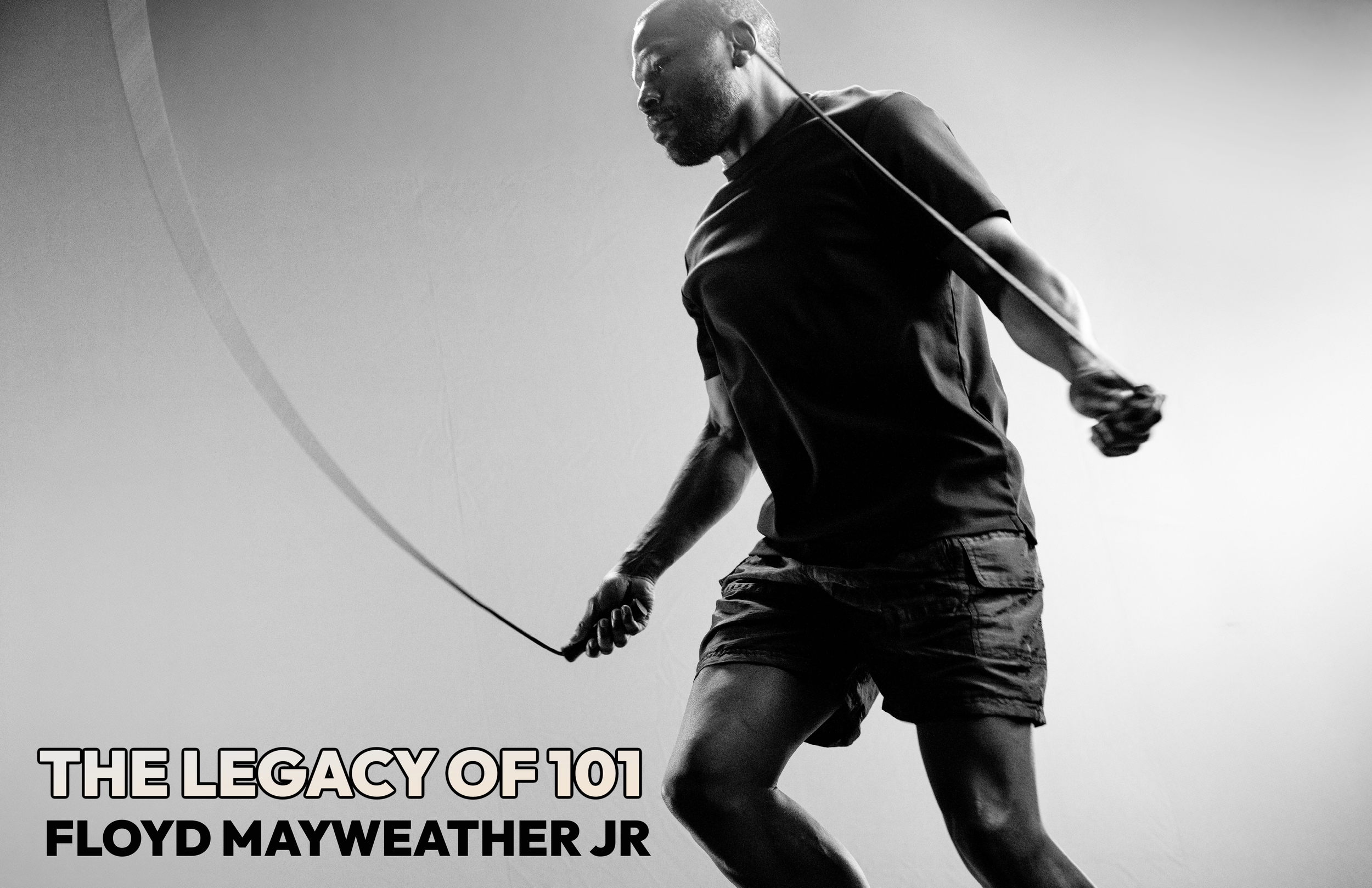The Sun taunts me at dawn. Small beams of light sneak through the towering, quaking aspens as the late-summer sunrise unleashes its morning orchestra. For the last 30 minutes, my headlamp was my only light as I navigated over boulders, wet sand, and tree roots blocking the trail. My breath is heavy, but strong. I’m two miles into a 12-mile section of the Great Western Trail along the Wasatch Front in Utah. And now, with the sun finally breaking through the early morning, there are bends, hills, and summits to be conquered.
Six months ago none of this would have been possible. For starters, I seriously doubt I would have been up at 4:00 a.m.—unless I was still up from the night before. But a few months back, a friend began nudging me to go for an early-morning hike in the surrounding mountains. “What’s the point of living next to these beautiful mountains if you only look at them from your front porch?” he’d ask. I never had a good answer, so I laced up some old runners and headed out.
Sometimes good-natured bullying is just what you need to help with your fitness.
That first run was a combination of heaven and hell. The Wasatch Front is stunningly beautiful, littered with wildflowers, and I saw a moose. The downside—my legs were jelly the next day. Muscles I never knew I had ached like I’d been kicked by the aforementioned moose. But I felt strong. I liked having the fresh air in my lungs. And, I actually had something of substance to share on Instagram.
PHOTO CREDIT | Unsplash/Cameron Venti
Head for the Hills
The National Trail System Act of 1968 created a system of trails throughout the United States for citizens to explore, exercise, and enjoy the great outdoors while preserving the natural beauty of the nation. There are over 150,000 miles of trails crossing every state in the U.S., including Puerto Rico, Washington D.C., and the Virgin Islands.
You’ve probably heard of some of them: the Appalachian Trail, John Muir Trail, and the Hayduke Trail to name a few. And I’m certain you know local trails I’ve never heard of. This sense of discovery is why I’ve stuck with trail running. Every time I head out, there’s a chance to discover new trails, get some fresh air, and explore new scenery.
Not only is trail running physically exerting, there’s a wonderful balance between working out and clearing your head. You have to stay focused on the trail. If you’re not looking where you’re going, you’re going to roll an ankle, get clipped by a low-hanging branch, or sneak up on a rattlesnake (yep, I’ve done all three in the last six months).
PHOTO CREDIT | Unsplash/Karla Hernandez
The best part of trail running, when you get tired it becomes a hike. My friend who turned me on to trail running offered a great piece of advice. Near the beginning of our first venture out, I was hurting as we headed up a hill. He asked if I was doing okay. I told him my legs hurt. “Still having fun?” he followed up with a smile. I nodded yes. “It’s okay for it to hurt, just make sure you’re still having a good time while you’re doing it.”
Into the Great Wide Open
The first steps into trail running start with a map and a pair of shoes. Check out the Trail Run App. It’s loaded with enough GPS-certified maps to help you find a trail close by. Best of all, it’s free. Next is a decent pair of running shoes. Don’t worry about spending a ton of money on new shoes; find an old, reliable pair that will look good covered in dirt. At the gym I like ankle socks, but on the trail you’ll want longer socks to protect your calves. Scrub oak, poison ivy, and other vegetation can wreak havoc on your legs.
Check the weather report and dress for the conditions. Think in terms of layers. Bulky gear will ruin your run. And don’t forget, you’re going to be working up a sweat out there. Even if it’s cold when you get started, chances are you’ll heat up pretty quickly. A small backpack is perfect for carrying discarded layers.
Hydrate. Hydrate. Hydrate. Yes, I said it three times because you’re going to need ample fluids. Nothing messes up a good run like running out of water. And dehydration can be dangerous if you’re trail running in warmer/hotter weather. A good rule of thumb is four to six ounces of water for every 20 minutes. My rule is a liter an hour. And for extra incentive, I like to have an energy drink waiting for me back at the car.
Bring a friend. Not only is a second pair of eyes great for spotting wildlife, but a trail pal lends to navigation, conversation, and safety. Heading out with others is a chance to share the outdoors. It makes the drive out and home more enjoyable, and I like having the support in case something unexpected happens.
PHOTO CREDIT | Unsplash/Massimo Sartirana
Ain’t No Mountain High Enough
Not only is trail running cheaper than a gym membership, it’s a great full-body workout. Here’s how it can shape and strengthen your body:
· Core. Your core muscles engage for stability as you traverse a variety of trail surfaces. Obstacles like rocks and tree roots test your core strength as you navigate along the trail.
· Quads. Trail running is great for your quadriceps. Your quads are your legs’ brakes, keeping you from spiraling downhill too fast.
· Glutes. Uphill runs engage your glutes for power. You also rely on your glutes for lateral stability as you negotiate single track and trail obstacles.
· Calves. Your calves propel you forward. Every step you take starts with the muscles in your calves. They help power your run and keep your feet nimble on the rocky trails.
· Connective Tissue. The ligaments and tendons around your ankle, knee, and hips get stronger the more you run, becoming less prone to injury.
· Joints. Softer trails (grassy fields, sandy beaches, hardpack dirt) are kinder on your joints. Running on unforgiving surfaces like asphalt or concrete compress your joints with every step. Trail running has more “give” to ease the impact on your joints.
· Heart. Cardiovascular exercise is great for your heart. Mother Nature is going to throw you a lot of challenges. Your heart will need to work hard to get you up and over the horizon.
The biggest game changer for my runs has been adding a joint-support supplement to my daily regimen to proactively support my immune system and offer my joints protection.
The Scenery is Always Changing
Many sports take time to master. Trail running is definitely one of those sports, but it doesn’t take long to get pretty darn good. Like everything, you need to practice and be mindful of your progress. The moment drives the trail running experience. If I’m feeling ambitious, I can head further than usual. If I’m a little out of sorts (bad day at work or stressed), a light run/walk in the mountains or forest brightens my spirits.
PHOTO CREDIT | Unsplash/Guillaume de Germain
It took practice to go from walking a mile to being able to run three. In time, I’ve been able to push myself to 10 miles. Even rocky trails are easier on my feet than running on concrete sidewalks or asphalt roads. Trail running has been a great sport to keep me active as I’ve gotten older. Unlike pickup basketball games, or even coed softball games, the only competition on the trail is found within myself.
A change in scenery will do you right. There are 150,000 miles of trails out there—go find yours.
About the Writer
Ben Raskin is a regional Shakespearean actor and taco fanatic. Follow him on Twitter @BennyRaskin. He once bumped into Robin Williams and a moose on two separate occasions.
Read the latest issue of Athleisure Mag.
















